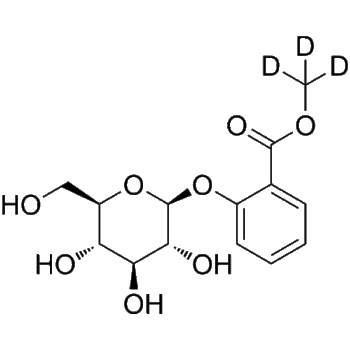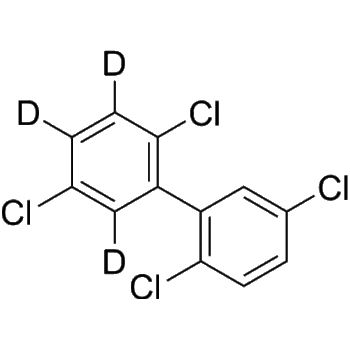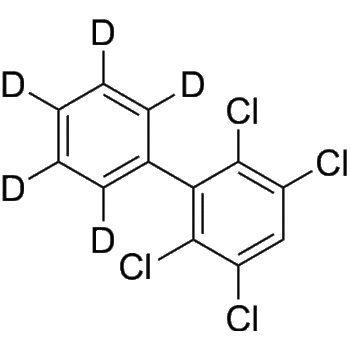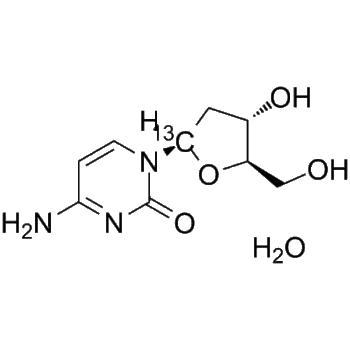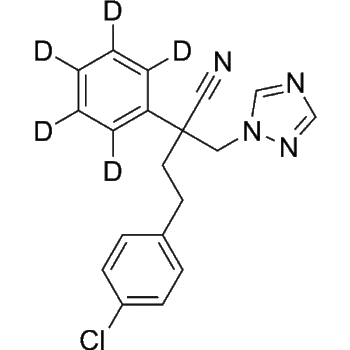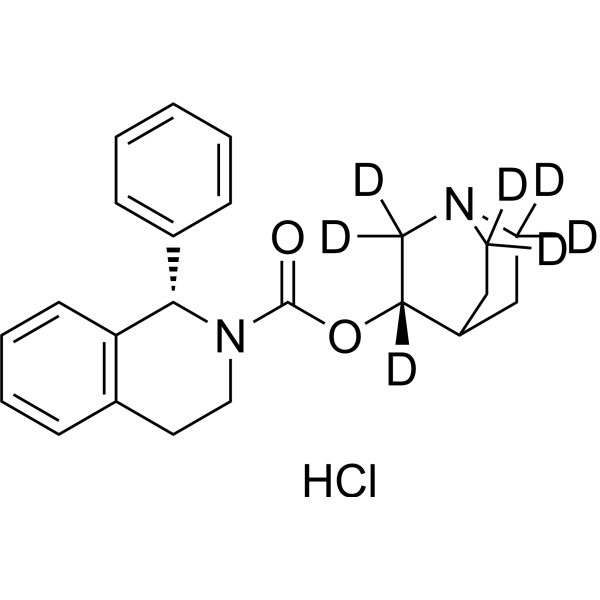
Download Files:
Solifenacin-d7 (hydrochloride)
SKU
HY-I0230S-1mg
Category Isotope-Labeled Compounds
Tags GPCR/G Protein;Neuronal Signaling;Others, Isotope-Labeled Compounds;mAChR, Neurological Disease
Products Details
Product Description
– Solifenacin-d7 (hydrochloride) is the deuterium labeled Solifenacin hydrochloride. Solifenacin hydrochloride (YM905 hydrochloride) is a muscarinic receptor antagonist, with pKis of 7.6, 6.9 and 8.0 for M1, M2 and M3 receptors, respectively.
Web ID
– HY-I0230S
Shipping
– Room temperature
Molecular Formula
– C23H20D7ClN2O2
References
– [1]Russak EM, et al. Impact of Deuterium Substitution on the Pharmacokinetics of Pharmaceuticals. Ann Pharmacother. 2019;53(2):211-216. |[2]Ronald A. Smulders et al. Pharmacokinetics and Safety of Solifenacin Succinate in Healthy Young Men. J Clin Pharmacol September 2004 vol. 44 no. 9 1023-1033|[3]Krishna SR, Rao BM, Rao NS.A validated rapid stability-indicating method for the determination of related substances in solifenacin succinate by ultra-fast liquid chromatography.J Chromatogr Sci. 2010 Nov;48(10):807-10.|[4]Ohtake A, Sato S, Sasamata M, Miyata K.The forefront for novel therapeutic agents based on the pathophysiology of lower urinary tract dysfunction: ameliorative effect of solifenacin succinate (Vesicare), a bladder-selective antimuscarinic agent, on overactive bladder symptoms, especially urgency episodes.J Pharmacol Sci. 2010;112(2):135-41. Epub 2010 Feb 4.|[5]Hoffstetter S, Leong FC.Solifenacin succinate for the treatment of overactive bladder.Expert Opin Drug Metab Toxicol. 2009 Mar;5(3):345-50.|[6]Choo MS, Lee JZ, Lee JB, Kim YH, Jung HC, Lee KS, Kim JC, Seo JT, Paick JS, Kim HJ, Na YG, Lee JG.Efficacy and safety of solifenacin succinate in Korean patients with overactive bladder: a randomised, prospective, double-blind, multicentre study.Int J Clin Pract. 2008 Nov;62(11):1675-83.
Molecular Weight
– 405.97
SMILES
– O=C(O[C@]1([2H])C([2H])([2H])N2C([2H])([2H])CC1CC2([2H])[2H])N3[C@H](C4=C(CC3)C=CC=C4)C5=CC=CC=C5.Cl
Clinical Information
– No Development Reported
Research Area
– Neurological Disease
Solubility
– 10 mM in DMSO
Target
– Isotope-Labeled Compounds;mAChR
Isoform
– mAChR1;mAChR2;mAChR3
Pathway
– GPCR/G Protein;Neuronal Signaling;Others
Product type
– Isotope-Labeled Compounds
Disclaimer: All products are for Research use only unless clearly stated otherwise on the product datasheet. Datasheets provided on the website are drafts for reference purpose only and you are requested to always refer to the hard copy included in the kit for your experimentation. Agdia Products are available for delivery only in Canada.

